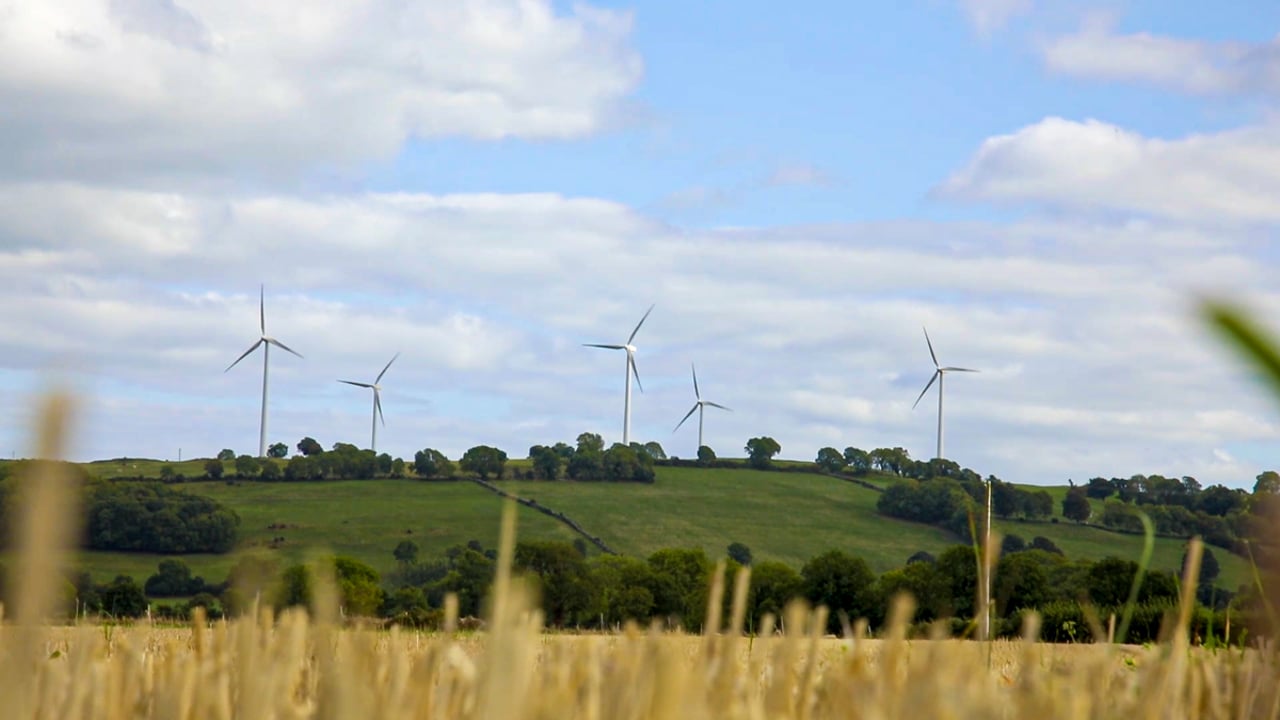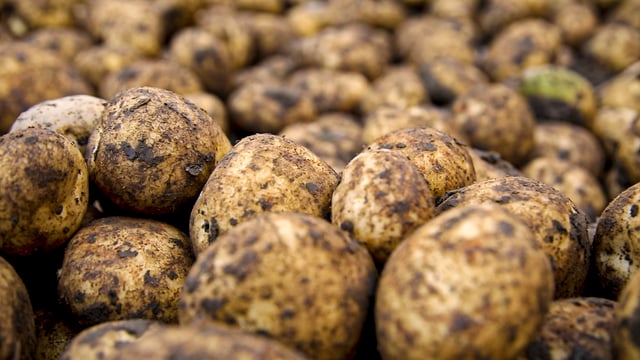CAP climate measures 'coherent with other EU policies'
EU greenhouse gas (GHG) emissions from agriculture fell by more than 20% since 1990, but have stagnated since 2010. Still, as agricultural production has continued to grow, the climate footprint per unit of output continued to improve, according to the European Commission.
Nevertheless, a further reduction of emissions is needed to achieve the EU’s ambitious climate targets for 2030 (reaching at least a reduction of 55% of emissions by 2030 in the EU).
These are among the main findings of an evaluation of the impact of CAP on climate change and GHG emissions.
The evaluation covers the period following the implementation of the 2013 CAP reform, notably the period after January 1, 2015, for direct payments and after January 1, 2014, for other measures.
The commission noted that at the time of developing CAP 2014-2020, EU climate policy was mainly defined by the ‘EU 2020 climate and energy framework’, which introduced three key targets for 2020: to reduce GHG emissions by 20% from 1990 levels; to increase the share of renewable energy to 20%; and to improve energy efficiency by 20%.
These targets became legally binding through the ‘EU climate and energy package’ in 2009.
EU climate policy in the 2014-2020 period was also shaped by the EU strategy on adaptation to climate change.
Overall, CAP has helped reduce GHG emissions, the report states.
"There is potential to further increase carbon storage in EU soils. In terms of climate adaptation, it is mainly achieved through support towards diversity of crops and farming systems, investment support for adaptation to new climate conditions, limiting soil erosion and improving resilience to floods.
"However, better targeting of CAP support would lead to an increase in efficiency."
The evaluation also finds that the reduction of emissions from managed agricultural soils is "better addressed in the CAP" than the reduction in livestock emissions, mainly due to the nature of CAP payments and support.
"Nevertheless, livestock farmers also play a key role in managing large areas of land, which are [or have the potential to be] carbon sinks, especially when managing large areas of permanent grassland and rough grazing.
"The voluntary coupled support in [the] livestock sector has the potential to favour systems which are economically vulnerable and important for resilience of the territory.
"However, they can potentially have negative impacts, when climate impact and territorial adaptation needs are not appropriately considered in the design of the scheme."
The report notes that the main contribution from arable systems "comes through improved land management, supported mainly through agri-environment-climate commitments and organic farming measures; as well as nitrogen-fixing crops, such as alfalfa and soybeans, supported notably with greening and coupled support".
"However, the CAP has achieved fewer emissions reductions on intensive grassland or arable farms," according to the report.
"Land management measures addressing mitigation usually also contribute to climate adaptation.
"However, overall, member states have not tailored the CAP sufficiently to adaptation purposes [e.g. cross-compliance], so its potential is not fully used.
"More can be done to spread knowledge and advise farmers on techniques and practices to improve climate performance."
The evaluation also highlighted the role of screening for ‘maladaptation’ that could avoid public expenditure on infrastructure or sectors "that may increase vulnerability in the medium to long-term, such as inefficient irrigation infrastructures in areas with depleted water resources, or by promoting excessive specialisation of whole geographical areas".
The evaluation finds that CAP measures are "coherent in terms of climate action, but certain elements of the broad CAP design", (such as "exemption of beneficiaries of the small farmers’ scheme from greening, voluntary coupled support") are "not fully coherent with climate objectives".
"Overall, CAP’s climate-focused measures are coherent with other EU policies addressing climate change. However, there are instances where further opportunities for integration exist."
Although, interviews in case study countries revealed that choices on implementing CAP at national level "often do not aim to proactively pursue synergies in relation to climate action and delivery".
"In some case studies, interviewees questioned whether the current implementation of CAP support was coherent with the overarching goal of climate mitigation in the long term," the report states.
For example, analysis of Irish and Dutch policies noted that, while use of CAP measures is not incoherent with climate goals, the approach to the use of CAP measures does not complement the areas of greatest need.
"Ireland has yet to define how CAP measures can be used to protect peatlands, as noted by agricultural experts; although Ireland’s objective is to move towards carbon neutrality in agriculture, it still has to plan what this will actually entail and the means to deliver it."





